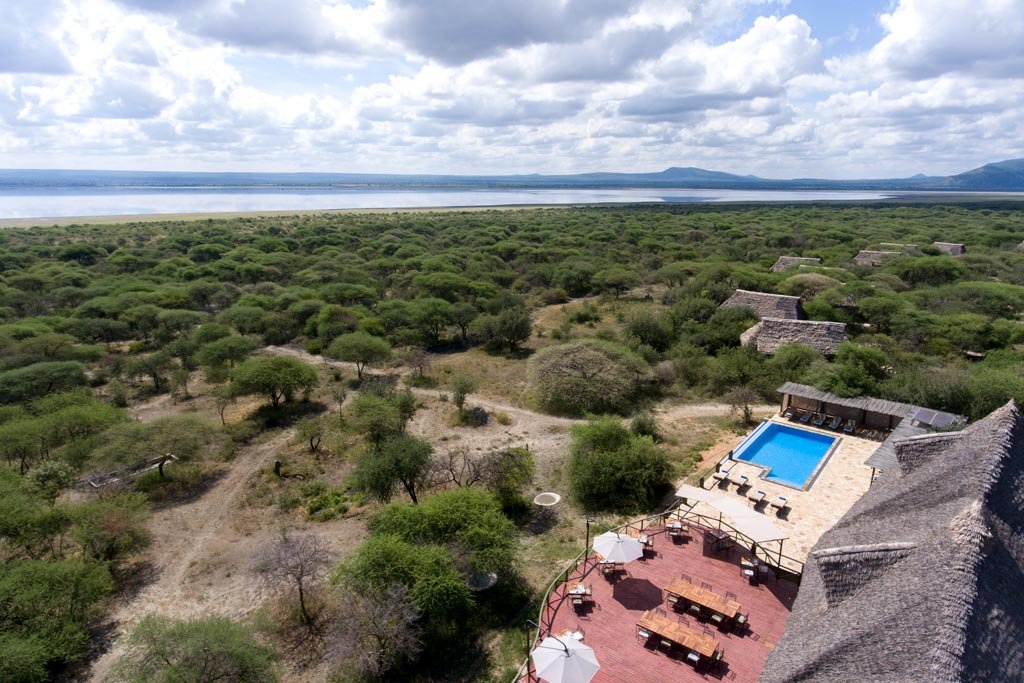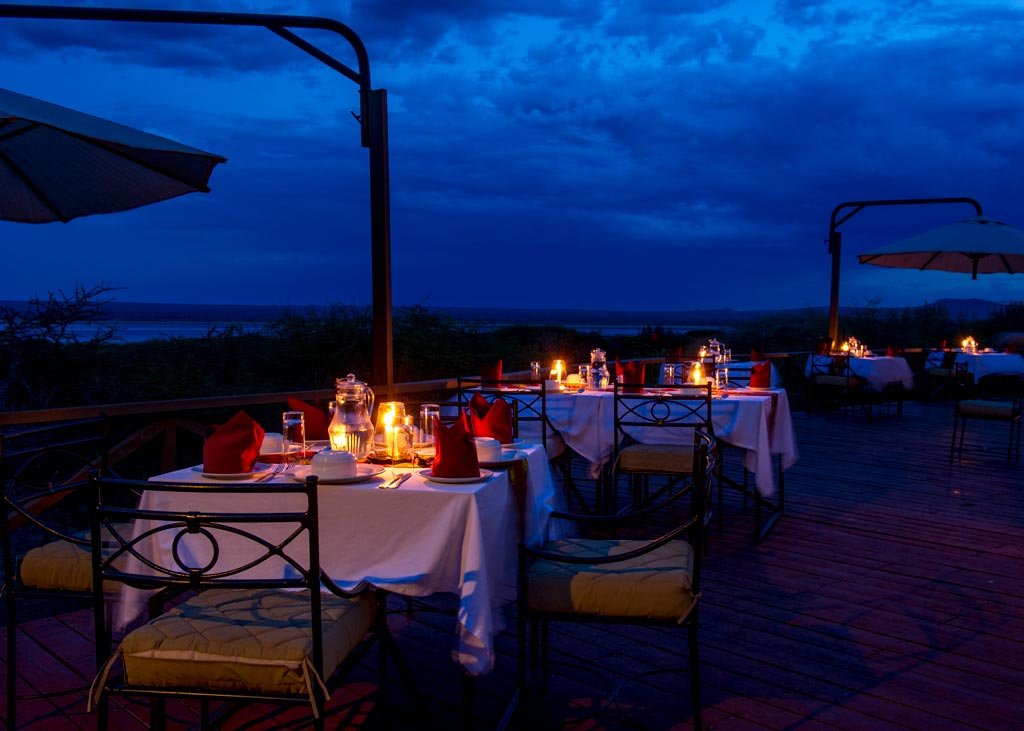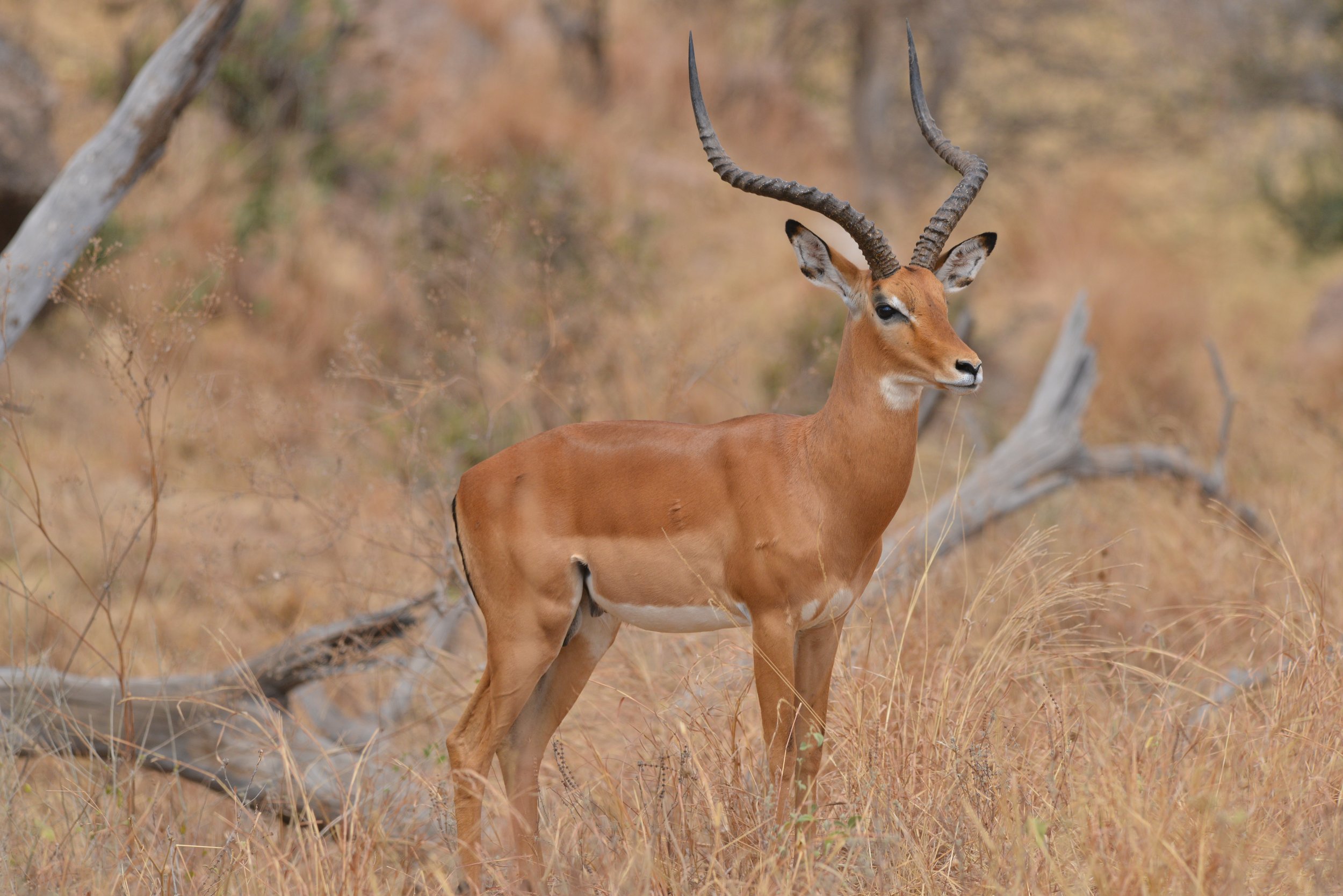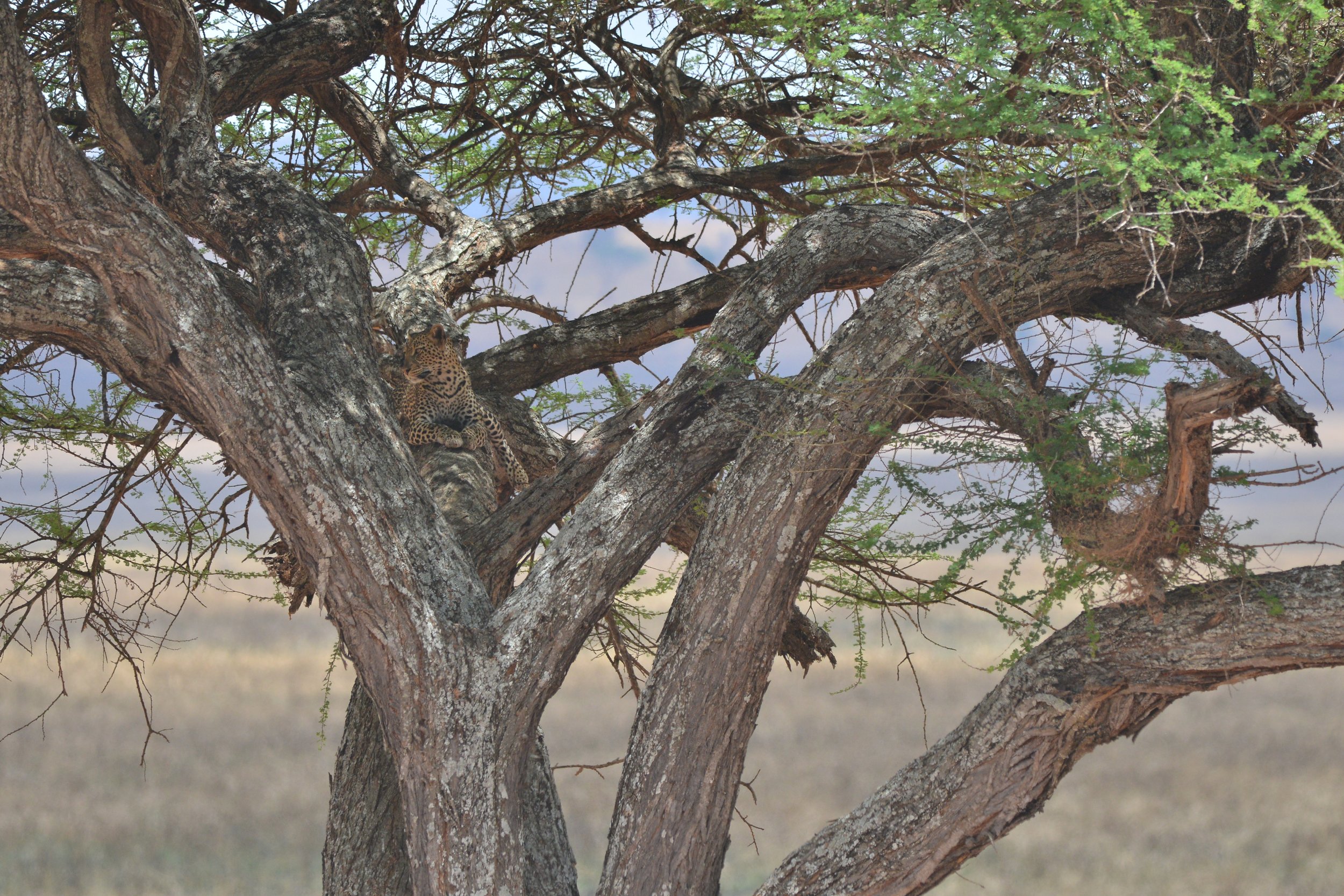
Tarangire National Park
Small, but mighty.
Tarangire is a small national park, sometimes overlooked, or rushed through by people on their way to the Serengeti, but this reputation is undeserved. Tarangire is an all-weather park, which has amazing wildlife in both the dry and wet seasons. However, the true golden months of Tarangire National Park are September into October. At the end of the dry season, Tarangire is packed full of animals, seeking the small water that Tarangire holds.
Being quite close to Arusha, it is normally the first park for safari tours to stop, but most make it a day trip and cars most often carry on to Manyara and Ngorongoro for the evenings’ end. This makes Tarangire National Park a gem of a park. When your safari car goes deeper into the national park, you will hardly see another car or visitor.
Grand Elephants
When you start your safari holiday in Tarangire National Park, there will be a plethora of baobab trees that first captures your eye. Tarangire National Park is located 120 km west of Arusha. It is an expanse of gently rolling hills with savannah plains and rivers, cut deep into the red earth. The magical baobab trees seem to dwarf the game that feeds beneath them. All year long, huge herds of elephants roam the park, on the plains or near watering holes.
The park comes into its own in the dry season when many of the migratory wildlife species of the Maasai steppe come back to the permanent waters of the Tarangire River. Indeed, the name “Tara n’gire” means “water always” in the Maasai language.
Birding in Tarangire National Park
Not just an elephant safari holiday, Tarangire is also home to at least 400 species of bird life, from the tiny black sunbird to the mighty fish eagle. Secretary birds, chats, vultures, rollers, hoopoes, hornbills, francolins, shrikes, swallows, starlings and guinea fowl are just some of the bird families that you will see in the park. Tarangire is an excellent bird safari location.
Where To Stay In Tarangire National Park For Your Safari
Tarangire National Park is blessed with some excellent accommodation options, both within and just outside the National Park. We can place you in any location which suits your budget and level of comfort.
If you want to stay on a hillside with views over Lake Manyara, then the Sangaiwe Tented Camp near Sangaiwe Gate has to be your first choice. Slightly lower down, and on the edge of Lake Burunge, is the Burunge Tented Camp. This is an excellent option as it allows for walking safaris, but is not quite as secluded as Sangaiwe. Inside the park is the utterly luxurious, but quite pricey, Oliver’s Camp, or the more reasonably priced but less personal, Tarangire Wildlife Camp.
You will need a minimum of two nights in Tarangire National Park, and up to five.
Tarangire National Park - Price Guide:
Safari Packages: £2200 (approx. US$2794) in the low season.
A 5-day safari in the Serengeti & Ngorongoro includes a day and a night in Tarangire. There are very few northern Tanzania safari packages that do not take in Tarangire national park.Tarangire Standalone: £1660.00 (approx. US$2100). Upgrade to Olivers Camp – £2050 (approx. US$2600).
Four nights and five days stay. In September and October, it is really worth spending four days in Tarangire alone, as the park is crammed with Animals seeking water.Tarangire West Kilimanjaro combo: Starting from £2200 (approx. US$2800).
Two nights in West Kilimanjaro national park and three nights in Tarangire are a magical combination. Walking at the base of Mt Kilimanjaro with the animals.
For further details or to book please contact us using the link below.


















